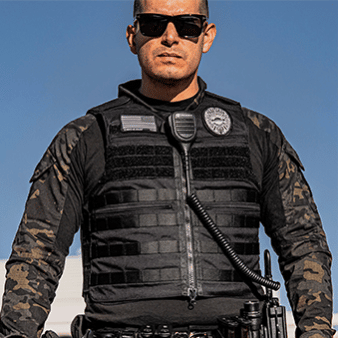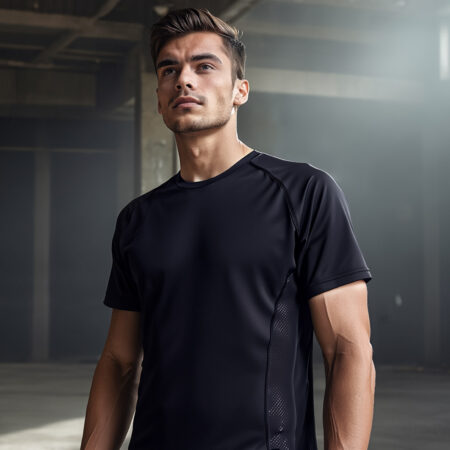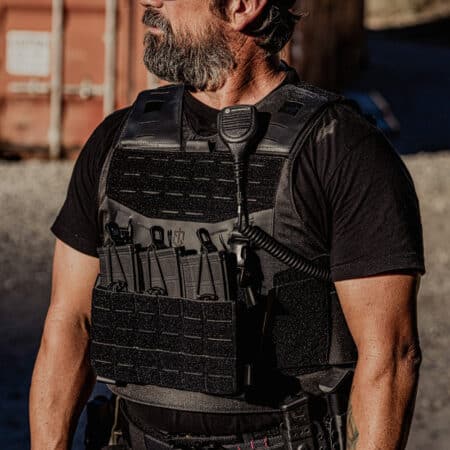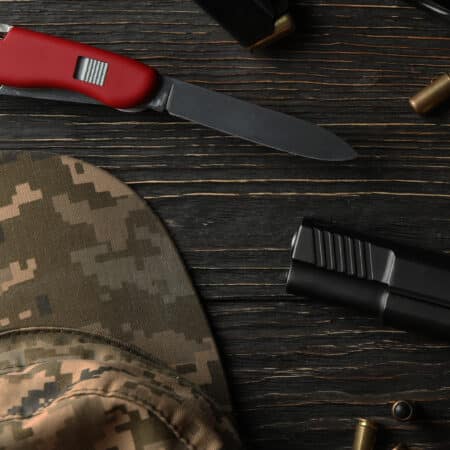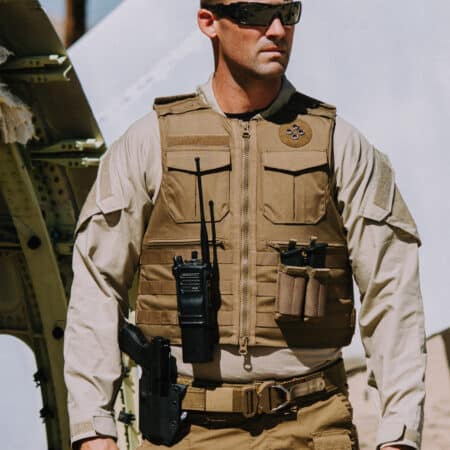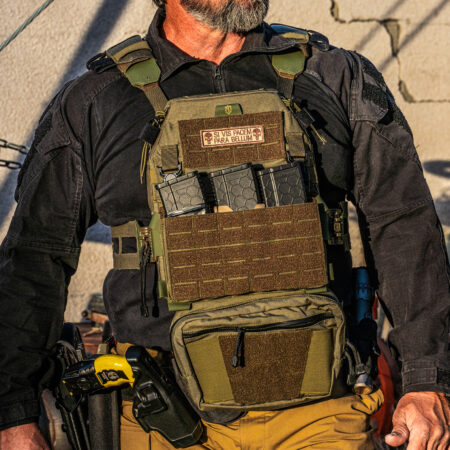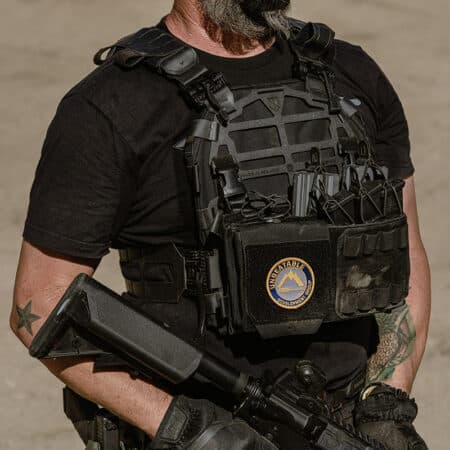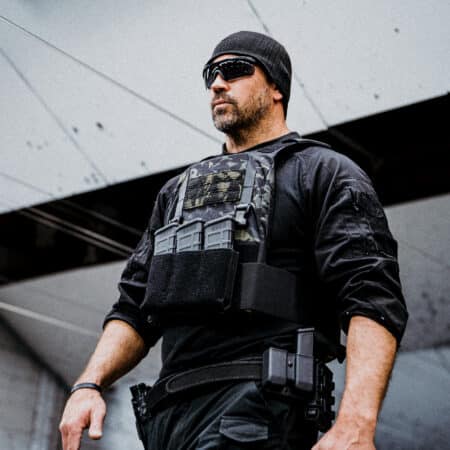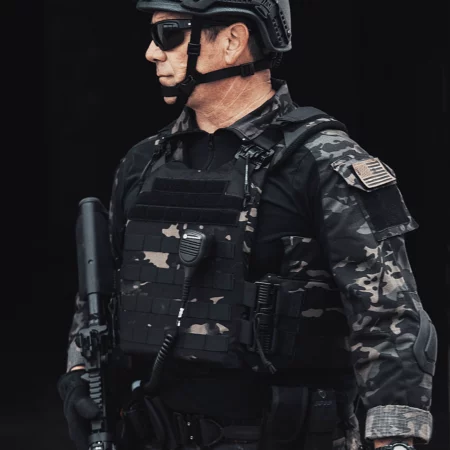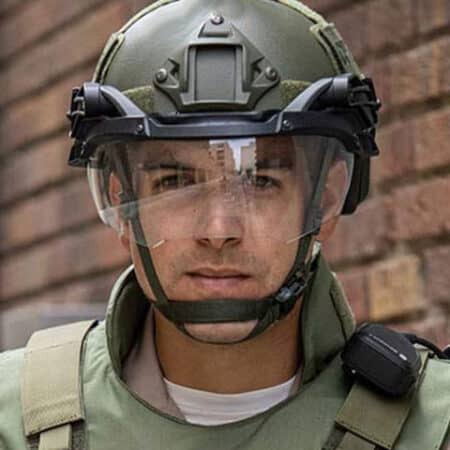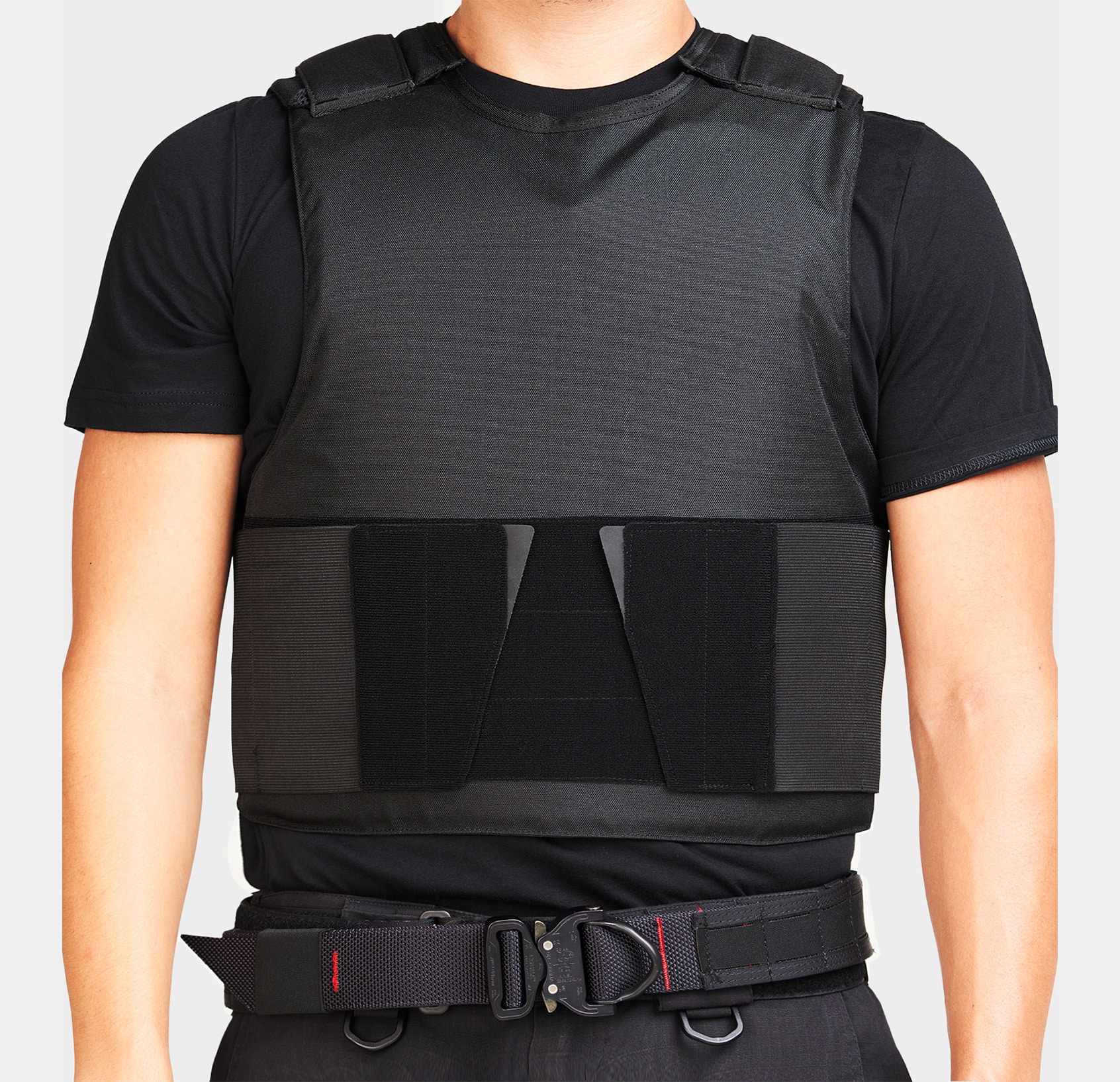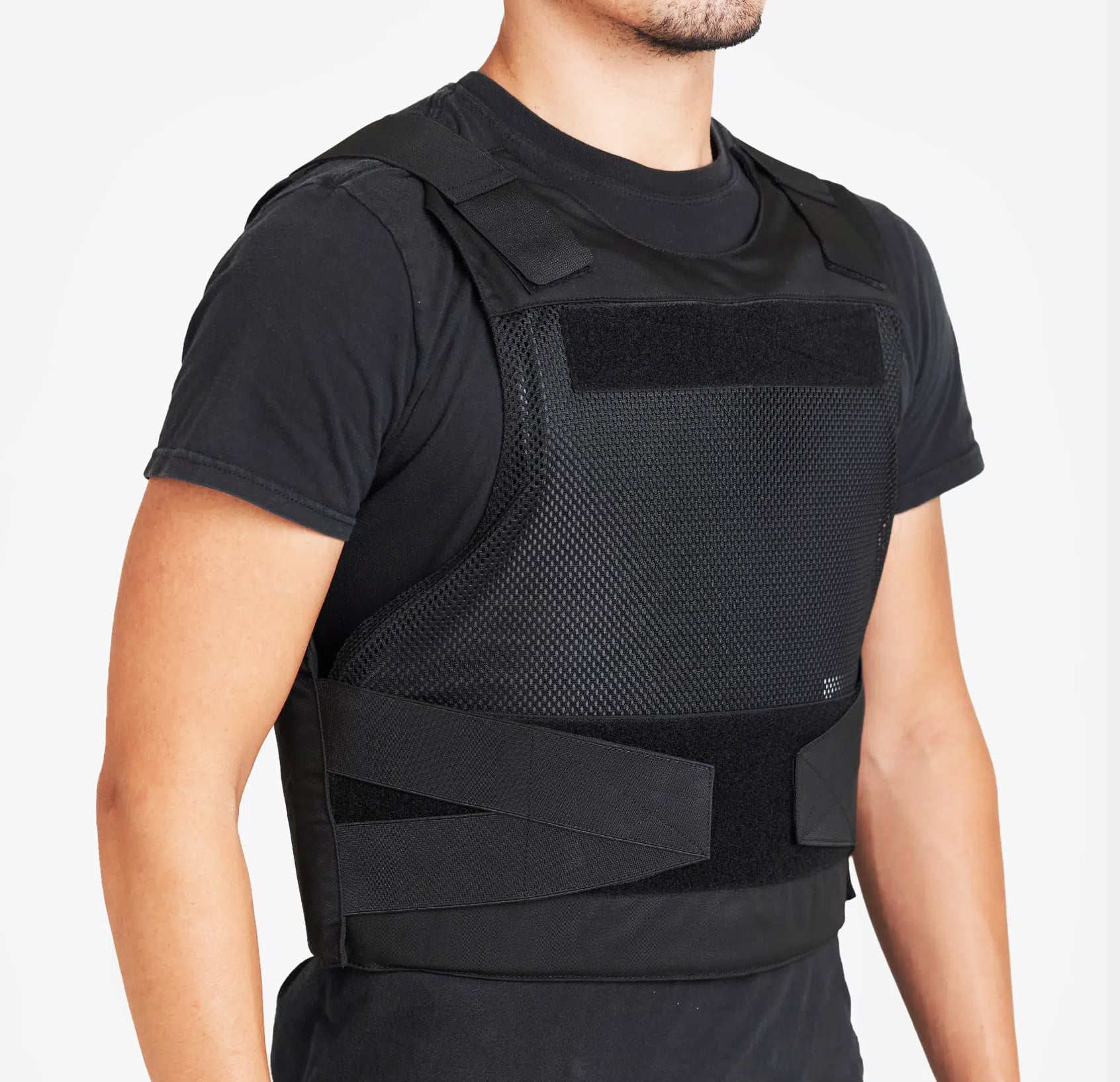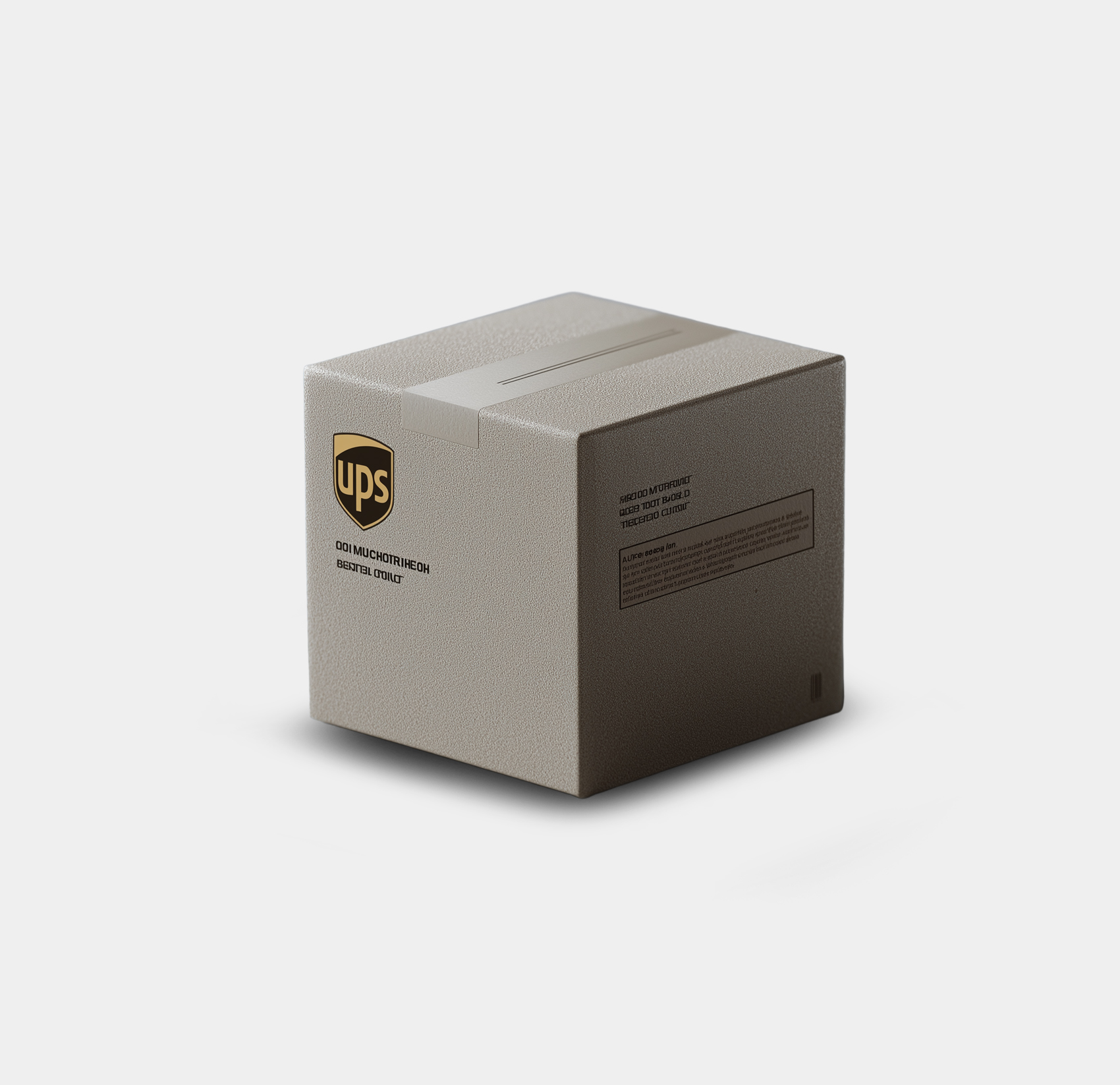As the name suggests, a bulletproof vest is a body armor designed to protect its user from rifle ammunition and nuclear blast fragmentation. There are two types of ballistic vests, soft and hard. But before we get into that, let us talk about how exactly bulletproof vests work.
How do Bulletproof Vests Work?
Most ballistic-proof vests are primarily made with Aramid, which is tough, resistant, highly durable, and have good-quality synthetic fiber. When a bullet hits a ballistic vest, the effect of the bullet is countered mainly by;
The vest changes the shape of the bullet.
The vest slows down the bullet
The vest deflects the bullet’s energy from the hit point to the rest of the vest. This way, the bullet’s impact is not felt too heavily on a particular spot, reducing the risks of injury.
Who Uses A Bulletproof Vest?
Logically speaking, it is ideal to say everyone, especially those living in dangerous and deadly terrains, should own a ballistic vest. This is evident especially when you see the gun-related deads that occur every day in the United States and many other nations across the globe. Maybe acquiring full body armor should also be considered, given that the world is becoming more dangerous as time passes.
However, speaking practically, bulletproof vests are worn mainly by police officers, prison and security guards, air force officials, soldiers, marines, the SWAT, and other crime or danger-facing professionals. With that said, it will be unethical to keep throwing light on the reasons for acquiring a bulletproof without actually discussing some features of an ideal bulletproof vest
Five Features of an Ideal Bulletproof Vest
Like every product in the market, some features make a bulletproof vest ideal.
Bullet Resistant
Perhaps we should start this part of the article by refuting the idea that ballistic best are bulletproof. Au contré, ballistic vests are bullet-resistant as they reduce the chances of getting injured by ammunition but do so without eliminating the probability of getting hurt. An ideal ballistic vest effectively reduces the chances of getting hurt by rifle ammunition.
A Layered Aramid Panel
A good bulletproof vest has a network of interwoven aramid fiber making up the panel or breastplate. In addition, an aramid baser panel works for better protection.
Durable
Ballistic production companies usually give a product guarantee of 5 to 10 years of durability on bulletproof vests. However, a regularly used vest will undoubtedly be outworn earlier than one which sits on the self. Bulletproof vests are made of rigid, resistant material and are consequently durable and may last you for years. However, It is important always to check your vest for any bullet or stab holes and to replace them if any are found.
Stab Resistant
As earlier stated, there are mainly two types of ballistic jackets; soft ballistic vests and hard ballistic vests. The former is used primarily by security and correctional officers against stab wounds. Soft vests are not always bullet resistant. However, hard ballistic vests, mainly designed to resist bullets, can, in effect, be without a stab force since it requires an enormous amount of energy to penetrate the material.
Full Coverage
An ideal ballistic vest should provide complete upper-body protection against ballistic attacks. In addition, your vest should cover your front, back, and sides to ensure the utmost safety. You also must ensure that the vest fits you properly in size, body type, and weight.
Conclusion
Ballistic vests are heavy due to the nature of their material content. So, choosing the right jacket for you in every aspect is essential. The points Discussed above are guidelines for picking the ideal bulletproof jacket.


